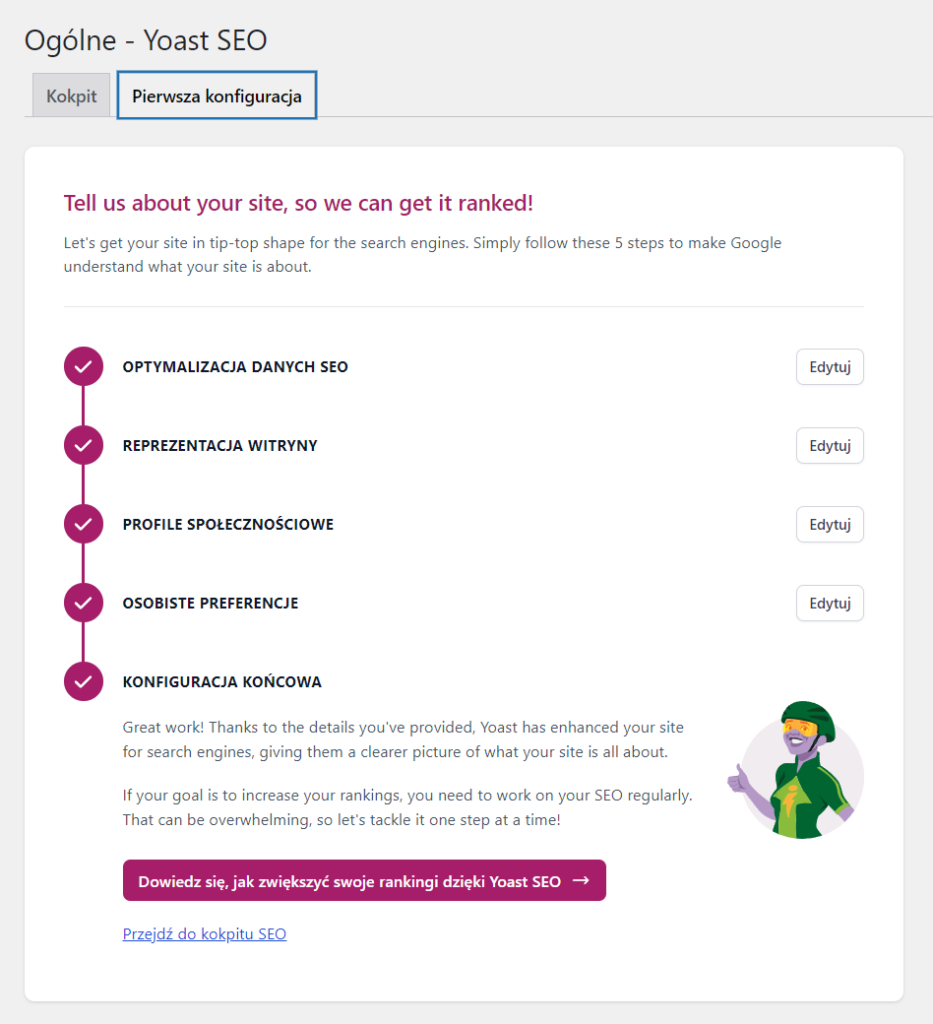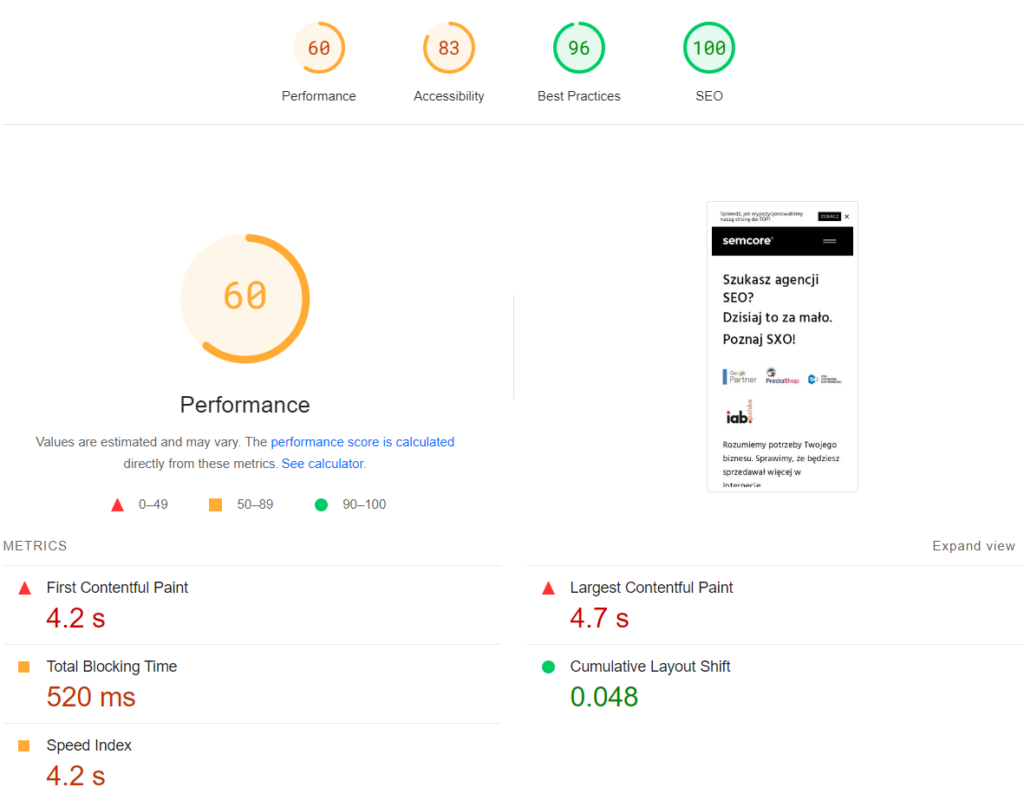SEO on WordPress is one of the most crucial elements that determine the success of your website. Implementing the right optimization techniques can significantly influence your rankings in search results, thereby increasing traffic to your site. In this guide, you will learn how to implement effective SEO practices step by step on WordPress, even if you are just starting your journey with SEO.
Table of contents
Installation and configuration of an SEO Plugin
The first step in optimizing WordPress is installing an appropriate SEO plugin. The most popular option is Yoast SEO, but it’s also worth considering All in One SEO Pack or Rank Math. After installing the plugin, configure its basic settings:
- Enable the automatic generation of meta tags.
- Set the preferred URL format – this allows for easier link management.
- Activate the sitemap generation feature – an XML sitemap supports indexing by search engine robots.

Content Optimization
Content is one of the most important factors affecting SEO. It’s worth investing time in creating valuable articles that meet users’ needs and are optimized for SEO. Tools like Surfer SEO or Neuron Writer can help you with this.
Keywords
To effectively choose keywords, use Ubersuggest, Ahrefs, or Google Keyword Planner (a free keyword research tool). Focus on placing keywords in the following sections:
- Titles and H1, H2 headers.
- The first 100 words of the article.
- ALT attributes for images.
Remember not to overdo it – the text should be natural and readable above all.
Meta Titles and Descriptions
Meta titles and descriptions are elements that appear in search results and significantly impact your site’s click-through rate. Choose them carefully, using keywords and engaging language. The meta title should be no longer than 60 characters, and the description up to 150 characters.

Site Structure and Navigation
A clear and logical site structure is an essential element of effective SEO. It allows search engine robots to better understand the content of the site and faster index subpages.
Optimization of Menus and Internal Links
Ensure an intuitive navigation menu that helps users and search engine robots move around your site. Internal links should be naturally placed and lead to valuable content that deepens user engagement.

SEO-Friendly URLs
SEO-friendly URLs are short, understandable, and contain keywords. Avoid long strings of characters and parameters that may discourage both users and search engine robots. In WordPress, you can easily configure this in the permalink settings.

Technical Optimization
Technical optimization includes actions that improve the site’s performance and compatibility with search engine algorithms.
Page Load Speed
Page load speed is one of over 200 ranking factors. To identify areas needing improvement, use Google PageSpeed Insights or GTMetrix. Additionally, optimize images using caching plugins (e.g., WP Super Cache) and consider implementing a Content Delivery Network (CDN) – a solution that reduces page load time for users from different locations.

Ongoing Analysis and Optimization
SEO is a long-term process that requires regular analysis and strategy adjustments. You can monitor the effectiveness of SEO activities using Google Analytics 4 and Google Search Console.
SEO Audit

Analyze the site structure, page load speed, indexing errors, and keyword usage. An SEO audit is a tool that allows you to identify areas needing optimization and highlight key strengths of the site compared to the competition.
Content updates
The content on the site should be regularly updated and adjusted to current SXO trends and changing search engine algorithms. Updating articles, blogs, and other content (e.g., product or category descriptions) helps maintain an attractive website for users and search engine robots.
Author: Semcore






